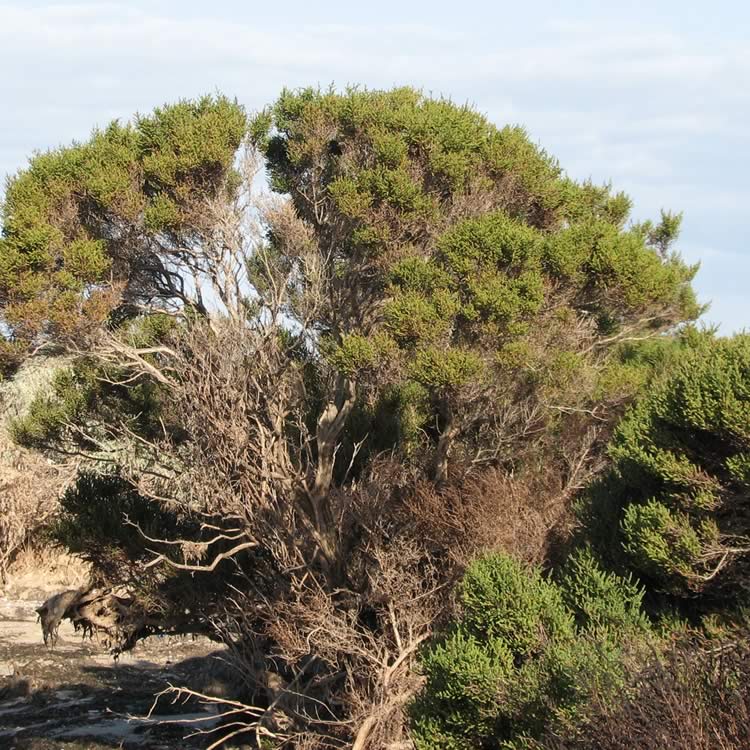Shrubby glasswort

Community type
Habitat type
This woody shrub grows very slowly, and can be over 100 years old. The oldest bushes may reach 2m in height, and 5m wide. Because of their old age and small size, patches of shrubby glasswort are actually ancient miniature forests.
Shrubby glassworts have segmented leaf lobes at the tips of their branches. These leaf lobes can be green to red in colour, and are succulent, so appear fleshy and swollen. Shrubby glassworts such as Tecticornia arbuscula grow on saltmarsh in Ralphs Bay in the Derwent Estuary. They grow in undisturbed places on the elevated drier edges of saltmarsh. Due to their slow growing woody branches these bushes are easily damaged by vehicles, livestock, or people simply walking past. These shrubs can appear singly, or in small groups among a succulent herbland of glasswort and pigface, or they can occur with sedgelands and rushlands along the edges of a saltmarsh. They provide habitat for a wide range of animals, especially small mammals and birds who shelter in their branches, and invertebrates such as beetles, spiders and the fragile air breathing snail, who live among the leaves.
